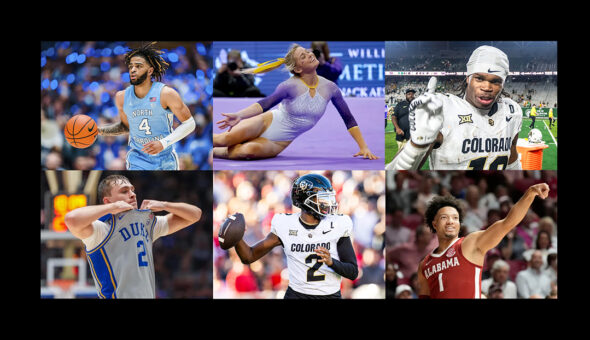Let’s be clear: marketing should drive enrollment. Enrollment is the financial lifeblood of an institution of higher education. But enrollment does not operate in a vacuum, and is inextricably linked to the marketing department. Even if the marketing department does not control the entire enrollment funnel – and very often it is taking direction, not giving it – it ultimately plays a significant role in the success or failure of enrollment. As such, marketing usually works closely with, or even within the same department as, admissions, financial aid, and student services. But there are other critical factors and decision makers that are often overlooked: Local, state, and federal governments also have a profound effect on the financial health of educational institutions.
Marketing and government relations (GR) departments must become closer partners in facing the challenges and meeting the opportunities presented in coping with these outside influences on enrollment and revenue. Public institutions receive direct funding from state legislatures. Changes in a state’s allocation model result in direct consequences for colleges. So, colleges must maintain close connections with their elected officials to help ensure their goals and concerns are part of any relevant legislative deliberations. They also must project a positive brand image among legislators and the community at large, so public sentiment remains favorable for colleges. Beyond direct funding, any law that affects the enrollment or loan process will impact the bottom line of both public and private institutions. To make sure that impact is positive, colleges need to maintain a positive image among all audiences.
At Lone Star College in Texas, one of the largest and most diverse community colleges in the country, the government relations and marketing departments work closely to ensure alignment in messaging and tactics, developing content that resonates with multiple audiences. This alignment is critical to achieving the overall financial objectives of the college. Equally important is that, through collaborative engagement across departments, college staff members gain a broader perspective on the issues facing their institutions and, as a result, devise more creative solutions to address those issues.









